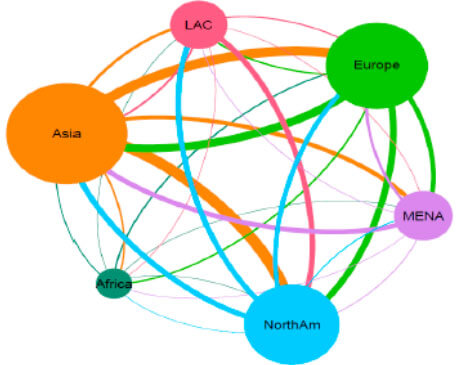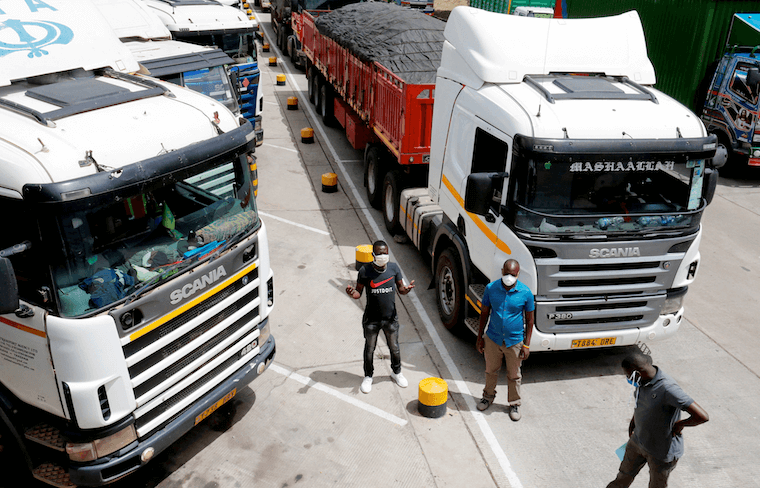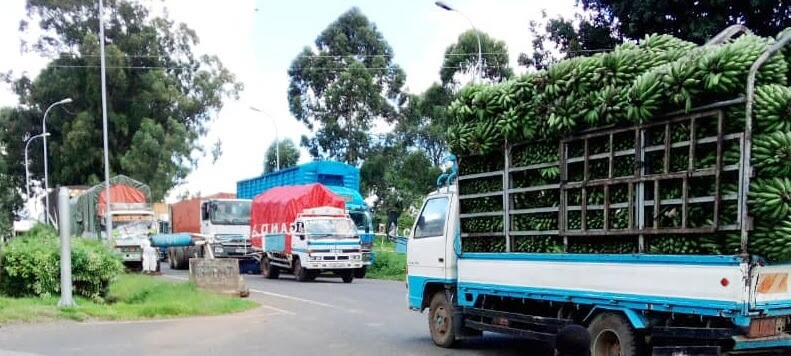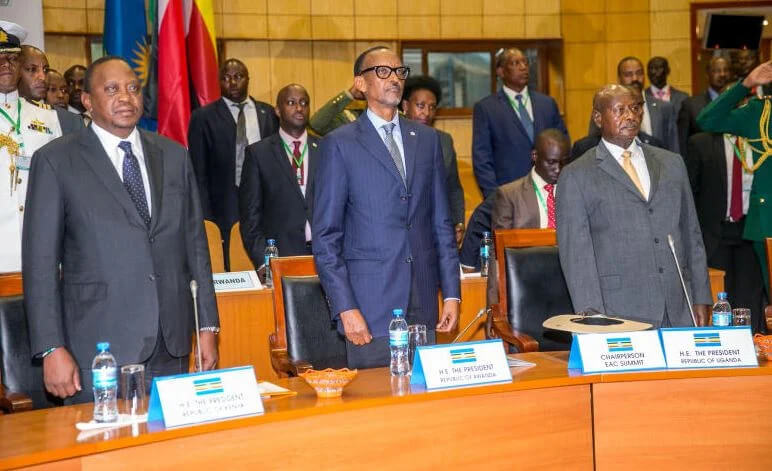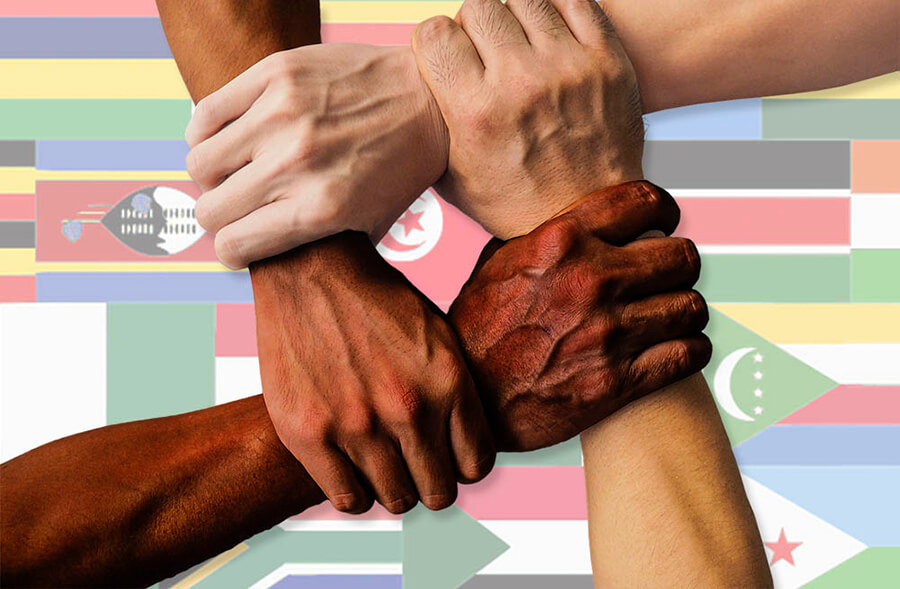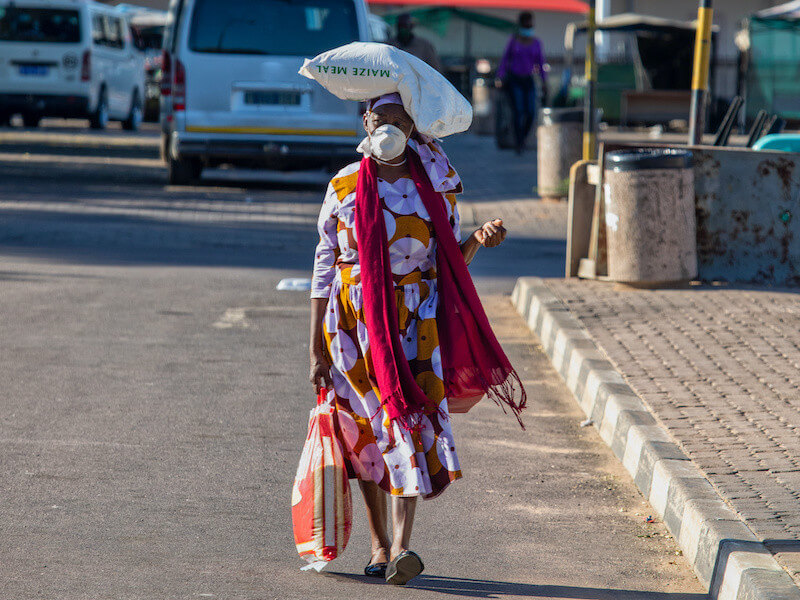The COVID-19 pandemic is expected to hit African economies extremely hard. According to the World Bank biannual Africa’s Pulse report, as a result of the pandemic, economic growth in sub-Saharan Africa will decline from 2.4% in 2019 to between -2.1% and -5.1% in 2020, depending on the success of measures taken to mitigate the pandemic’s effects. This means that the region will experience its first recession in 25 years. The decline will be primarily due to large contractions in South Africa, Nigeria, and Angola driven by their reliance on exports of commodities whose prices have crashed as well as other structural issues. This will inevitably affect Africa’s participation in trade and value chains as well as reduce foreign financing flows. Given the limited regional market, trade with the rest of the world is vital for Africa. Before the pandemic, Africa’s trade with the rest of the world has been showing good momentum. According to UNCTAD’s Economic Development In Africa 2019 report, in the period of 2015-2017, total trade from Africa to the rest of the world averaged $760 billion in current prices, and the share of exports from Africa to the rest of the world ranged from 80% to 90% in 2000 –2017 in Africa’s total trade. The only other region with a higher export dependence on the rest of the world is Oceania. However, intra-African trade, defined as the average of intra-African exports and imports, was around 2% during the period 2015–2017, and the intra-African exports were 16.6% of...
How will COVID-19 impact Africa’s trade and market opportunities?
Posted on: June 8, 2020
Posted on: June 8, 2020

